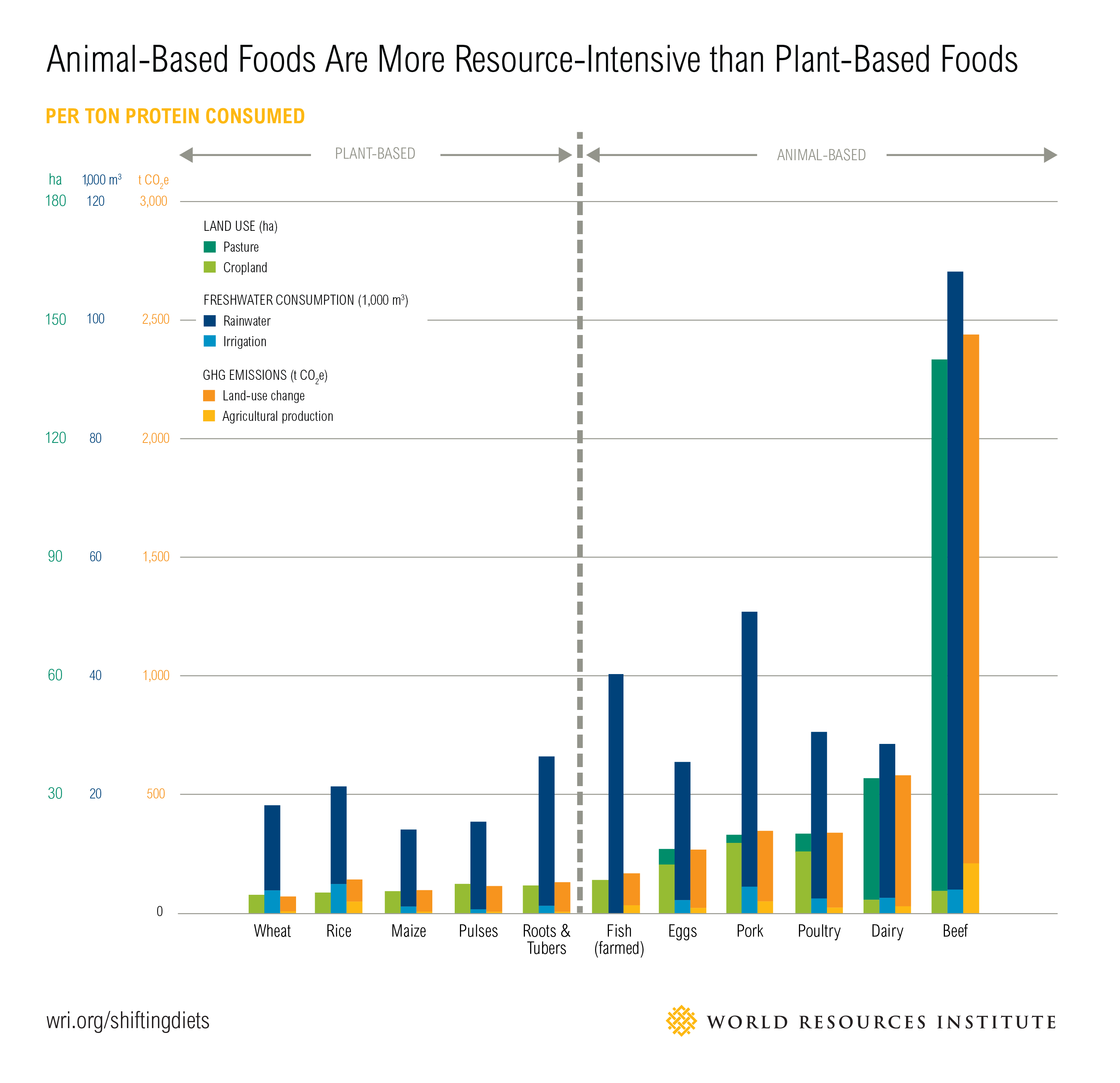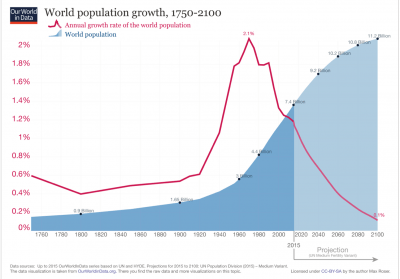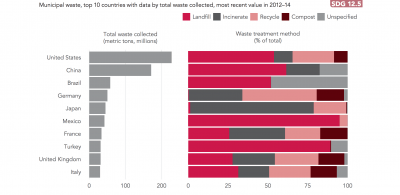Coral reefs are vital ecosystems not only for the sea, but for coastlines as well. You may have heard the term “barrier reef”, such as the Great Barrier Reef off the coast of Northern Australia. This term is far more important than you might think though. Barrier reefs are just that; barriers. For thousands of years, these barrier reefs have protected coastlines from storms, eroding seashores and sea cliffs and kept beaches stocked with sand. They also kept fish, sea plants and other sunlight- needing animals safe and provided with all the food and habitat that they need to survive. This has also helped coast-dwelling peoples survive sustainably by fishing and harvesting sea plants to eat. However, coral is a complicated creature because it is made up of both a plant and an animal; both of which are dependent on one another for survival. If you have seen coral, I am sure that you have seen coral that is vibrantly colored, and coral that is light tan or even completely white. This is the leading sign of decay in coral.
The term for this decay is coral bleaching. It is the number one killer of coral reefs because once a coral polyp begins the process, it does not grow back and it spreads throughout the entire colony. Coral bleaching is devastating coral reefs and the ecosystems that they support. As I mentioned before, coral is extremely complex. A single coral polyp is made up of 2 components: the animal and the plant. The animal (polyp), which keeps the coral alive and builds its hard, protective outer casing or calyx, is like a tiny little anemone that has tentacles and collects food molecules from the water and brings it into the stomach. The plant part is an algae called zooxanthellae. The zooxanthellae is what gives the coral it’s color and zooxanthellae supply the coral with glucose, glycerol, and amino acids, which are the products of photosynthesis. The coral uses these products to make proteins, fats, and carbohydrates, and produce calcium carbonate. They then use the calcium carbonate to make their protective calyx. Unfortunately, when coral polyps become stressed, by something as small as a snorkeler touching it or something as damaging as dynamite fishing or global warming, it expels the zooxanthellae. The coral then is no longer able to maintain its calyx and loses its healthy color. In these cases, the polyp will always die and it will take its neighbors down with it. Bleaching coral is dying coral and coral is very sensitive; a person can kill an entire colony of coral (approx 150 years of growth), simply by touching it or trying to take it home as a souvenir.
The demise of coral reefs is having a catastrophic effect on the terrestrial and marine ecosystems that they serve and protect. Global warming and the rising water temperatures are the number one cause of coral bleaching. According to a study from the Global Change Institute at the University of Queensland in Australia, the problem is only getting worse.

Live coral populations are declining rapidly and sadly, they will never grow back if we keep polluting the oceans and the climate keeps rising.








